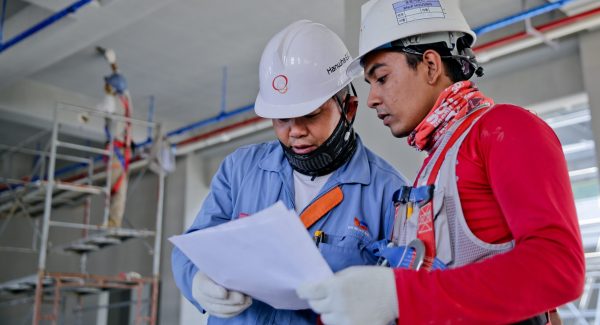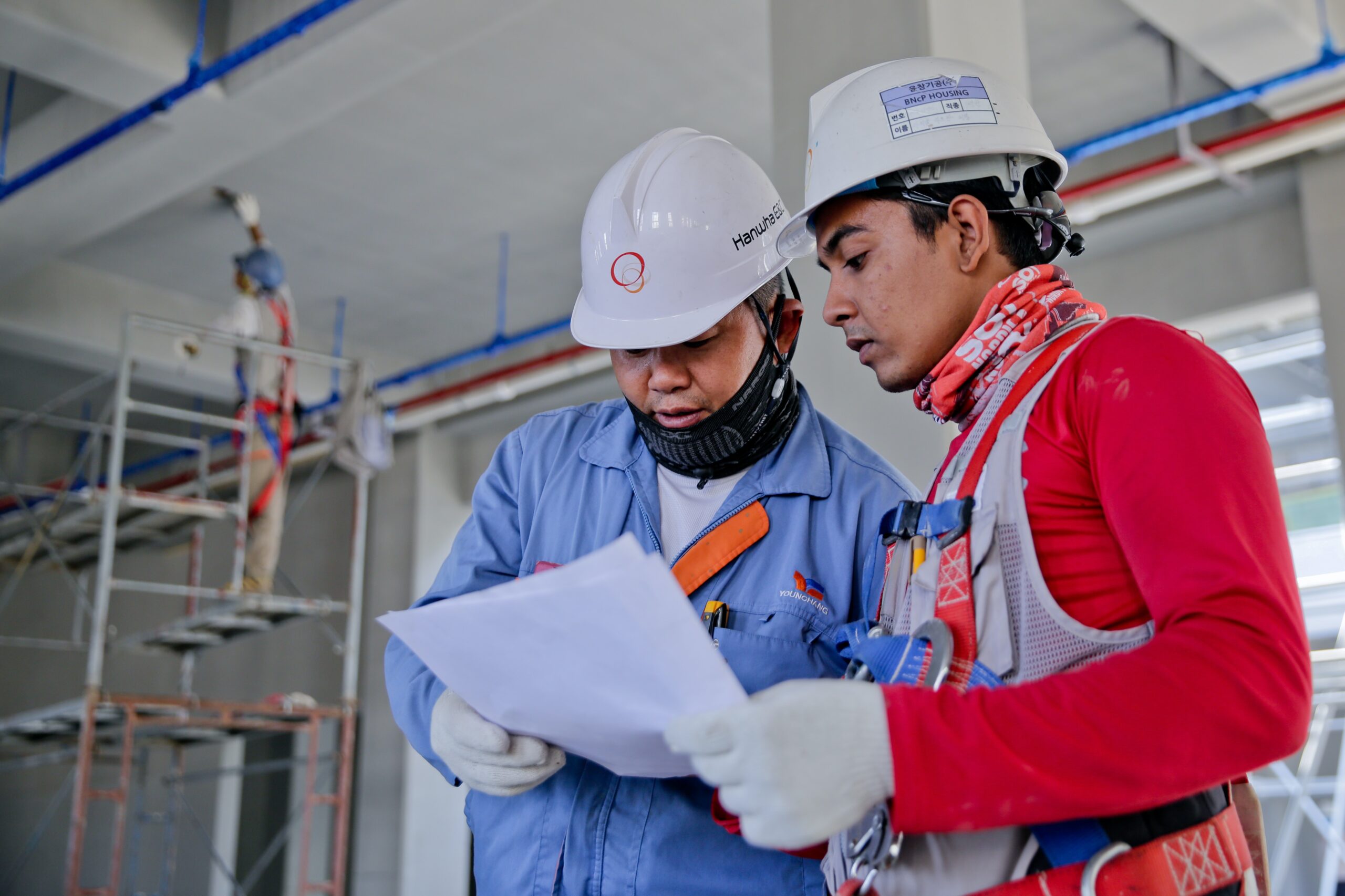- +1 902 932 7300
- Academy@roman3.ca
- Mon - Fri: 9:00am - 9:00pm
- 11 Opportunity Lane, Coldbrook Nova Scotia, Canada B4R 0A5
Creating Autonomy Is Creating Psychological Safety
Autonomy At Work Is What We All Are Looking For
Every workplace wants employees who can handle responsibility, be accountable, and will take initiative. Every employee wants a workplace where they are empowered to provide their best work, are trusted to do their job, and can ask for what they need to achieve the best results.
So with this obvious alignment, why is it many workplaces feel employees require too much hand-holding and are quick to avoid taking on more responsibility? Why is it many employees feel workplaces micromanage too much and deter them from asking questions?
It is because we do not have enough Psychological Safety in our workplaces.
Psychological Safety
One of the most overlooked parts of workplace culture is how safe employees are to speak up and ask for what they need. Psychological Safety is a term coined by Harvard Professor Amy Edmondson. Her work primarily focused on the impact of Psychological Safety in regard to the freedom to speak up, ask questions, and make suggestions without fear of retribution or concern that their comments might damage their relationships or reputation. Fundamentally, Psychological Safety is about the ability to be vulnerable. When we feel the need to posture, avoid asking questions, and are unwilling to speak up it is because we are afraid to show vulnerability in the workplace. We are working in an environment where we do not feel psychologically safe.
The truth is psychological safety can improve the organization’s workplace culture. It will benefit staff productivity and engagement, and it will support greater mental and emotional health. But whether or not it exists in the workplace is almost entirely up to the organization’s leadership, from the shift supervisors all the way to the CEO. If organizations are committed to providing it, it needs to be communicated in a clear, compelling, and continual way. This isn’t something that a manager talks about once in a staff meeting, this needs to be a unified and consistent message that is repeatedly reinforced and authentically believed in by all in leadership roles. The buy-in needs to happen at all levels, but successful implementation requires it to be led from the top down.
If employees do not feel psychological safe to speak up and share their thoughts and idea, then it makes actions like soliciting feedback, relying on survey data, and requesting input, a complete waste of time and money. If employees do not feel safe to share their concerns or opinions, then they will just tell the organization’s leadership what they want to hear, creating an ‘echo chamber’. If you use employee surveys to measure employee engagement or morale, and you do not make the efforts to create psychological safety, then you are likely wasting a lot of time, money, and effort.


When We Have Psychological Safety, We Can Then Start To Create Autonomy
Autonomy at Work is all about creating rules that empower limited freedoms and build trust and rapport among employees. Empowering others to have the Freedom to Speak Up when they have problems or ideas is an essential element of building psychological safety. Creating an environment where people are free to try something new, and potentially fail, is not only an essential element to creating a psychologically safe workplace. It is critical in working through the transition that comes with implementing change.
Creating Psychological Safety requires providing employees the 6 Freedoms.
True Autonomy at Work is evaluating the rules and expectations of our workplace through the lens of The 6 Freedoms:
- Freedom of Judgement
- Freedom of Setting
- Freedom of Resources
- Freedom to Fail
- Freedom to Explore
- Freedom to Speak Up
These 6 Freedoms are essential to understand if you want to build Autonomy at Work. Greater Autonomy, and through Autonomy – greater trust, will create a work environment where people feel free to use their professional judgement, are free to work in a way they can be most productive, are free to use the resources they need to be successful, where they are free to try and equally free to fail, where they can explore opportunities to improve their jobs, and have the freedom to speak up and advocate for themselves without fear of reprisal.
When people have bought into the shift toward a psychologically safe workplace, they understand what does and does not make others feel psychologically safe. It is about allowing others to have the freedom to speak up and the freedom to fail. Where team members and managers listen to each other with an open mind and can have difficult conversations without fear of damage to one’s reputation or relationship with others. This is where we fairly and consistently enforce disciplinary measures to reinforce the fact that intentional actions to eliminate psychological safety are not tolerated.
The Takeaway
If workplaces want employees who can handle responsibility, be accountable, and will take initiative. Then they need to use the 6 Freedoms to build Psychological Safety, and give employees the trust they need to provide their best work. It is really that simple. Implementing the 6 Freedoms will look different in different organizations, but ultimately by providing limited freedoms to employees you will empower them to give you their best.



